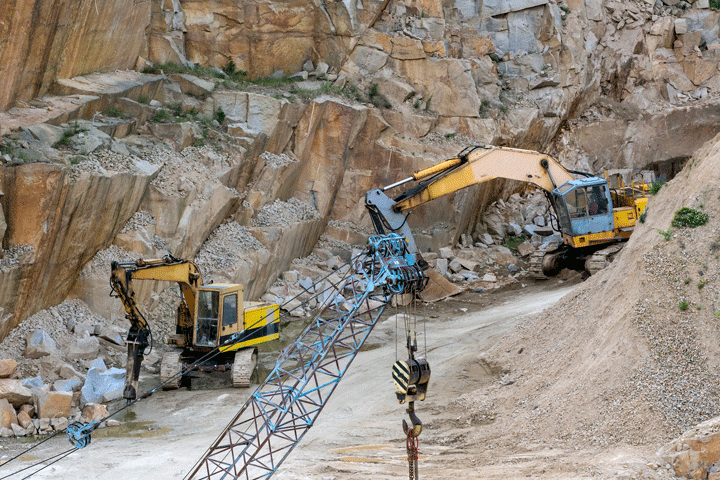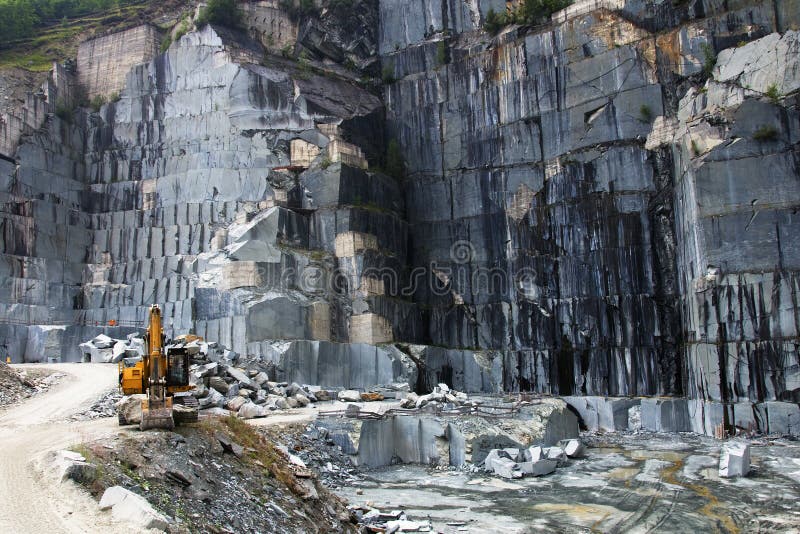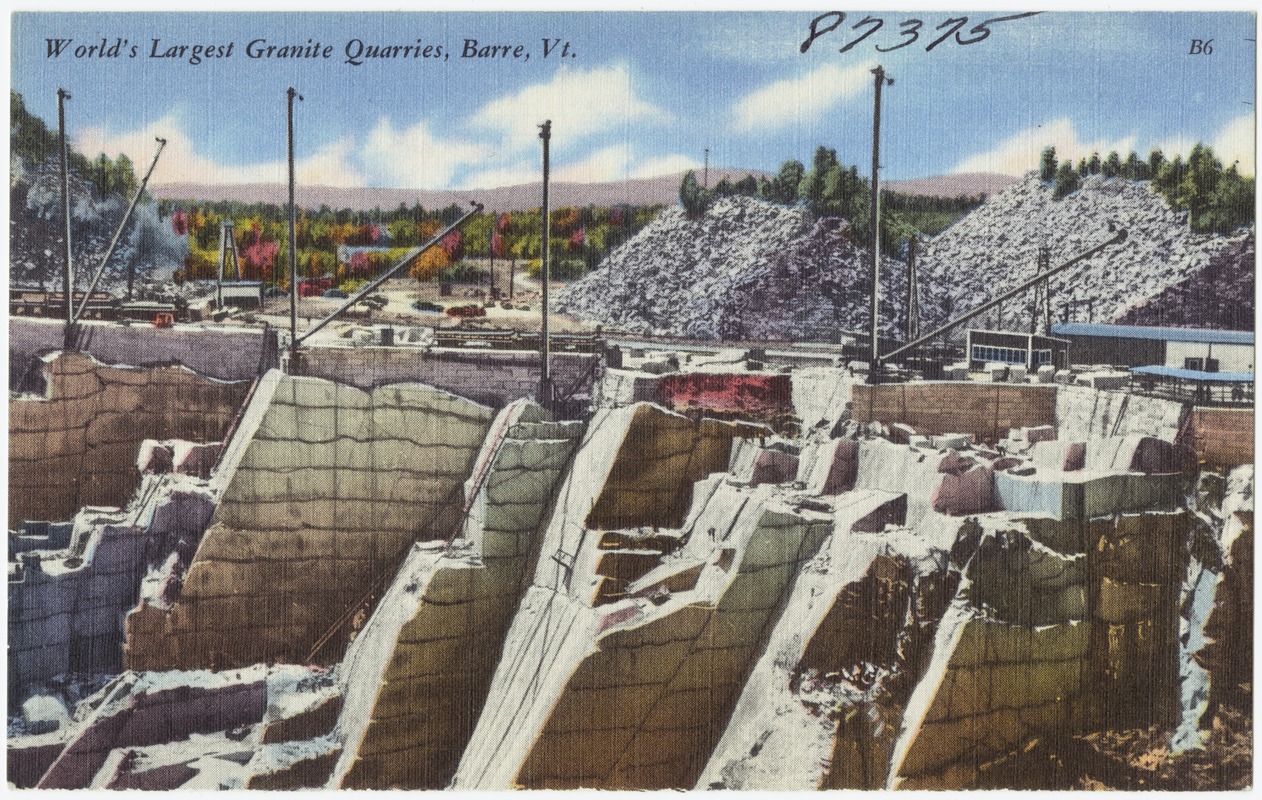Unearthing the Rich History and Sustainable Practices of Granite Quarrying
As we stand on the precipice of discovering the intricate tapestry of granite quarrying, a trip with time reveals not simply the physical act of removing rock however additionally the cultural and historic importance woven right into the really material of this method. From the ancient beginnings that laid the structure for contemporary quarrying methods to the sustainable techniques that are forming the future of this industry, each carve mark on granite surface areas informs a tale waiting to be unearthed (granite quarries in south africa). The legacy of granite quarrying stretches far past mere removal; it is a testament to human resourcefulness, durability, and the enduring allure of this marvelous stone
Old Beginnings of Granite Quarrying
Dating back to ancient civilizations, the practice of quarrying granite has actually been an indispensable component of human history and architectural advancement. The earliest proof of granite quarrying dates back to ancient Egypt, where huge pyramids and detailed sculptures were crafted from this resilient stone. The Egyptians made use of primitive tools to remove granite blocks from quarries, showcasing the value of this product in their significant building and constructions.
Progressing in background, the Greeks additionally made significant payments to the quarrying of granite. The Greeks utilized granite in different architectural marvels, such as temples and sculptures, showing their ability in shaping and carving this durable rock. The Romans further refined the techniques of quarrying granite, using advanced devices like chisels and hammers to remove and shape granite for their famous structures.
Through the centuries, the method of quarrying granite has evolved, with contemporary innovations boosting efficiency while preserving the timeless charm of this all-natural rock - granite quarries in south africa. From old worlds to modern building contractors, the heritage of granite quarrying continues to shape our globe
Evolution of Quarrying Methods
The evolution of quarrying strategies has been marked by a continuous development towards better effectiveness and precision in removing granite. Early quarrying techniques included hands-on labor with standard devices such as knives, hammers, and wedges to remove granite blocks from the earth.
In even more current times, the development of machinery transformed the quarrying sector, enabling faster removal prices and boosted productivity. Technologies such as diamond cord saws, high-pressure water jets, and pneumatic drills have actually become conventional in modern-day quarries, allowing for accurate cutting and reduced waste. Developments in computer-controlled tools and 3D modeling have optimized quarrying operations, leading to marginal ecological effect and improved sustainability techniques. As the need for granite remains to increase, the development of quarrying strategies stays important to meeting industry requires efficiently and sustainably.
Cultural Value of Granite
Granite holds an extensive cultural importance across numerous human beings due to its enduring existence in building masterpieces and respected monoliths. From the marvelous pyramids of Egypt to the elaborate makings of the Angkor Wat holy place in Cambodia, granite has actually website here been a product of option for sharing splendour and durability in cultural heritage. In ancient Rome, granite columns adorned holy places and public structures, symbolizing stamina and durability. The cultural importance of granite prolongs beyond its physical attributes; it embodies strength, security, and timelessness, making it a sign of sustaining heritages and practices.

Sustainable Practices in Quarrying
Amidst the abundant history of granite quarrying and its social significance lies a growing focus on sustainable methods within the sector. As environmental awareness and worries concerning resource exhaustion have actually heightened around the world, the quarrying field has actually progressively embraced sustainable methods to lessen its effect on the setting and bordering neighborhoods.

Moreover, recovery and rehab of quarry sites post-extraction are integral to sustainable techniques. By restoring quarried locations to an all-natural or helpful state, such as developing wild animals habitats or recreational spaces, quarriers can offset the environmental footprint of their operations and add favorably to the neighborhood ecological community.
Legacy of Granite Quarrying
With a historic background soaked in craftsmanship and industrial progression, what withstanding effect has granite quarrying left on the landscape of modern society? The heritage of granite quarrying goes beyond plain removal techniques; it has formed building wonders, metropolitan landscapes, and social heritage worldwide. The durable nature of granite has made it a recommended choice for monoliths, buildings, and facilities, standing as a testament to the ability and artistry of quarry employees throughout generations.
Moreover, the economic impact of granite quarrying can not be neglected. The industry continues to offer employment possibility and drive regional economic situations in regions where granite extraction is prevalent. It has also spurred technological improvements in quarrying methods and tools, bring about extra efficient and sustainable practices.
In regards to sustainability, the legacy of granite quarrying includes initiatives to alleviate ecological influences through recovery projects and responsible resource administration. By stabilizing financial rate of interests with ecological stewardship, the sector makes their explanation every effort to guarantee that future generations can remain to gain from this long-lasting natural resource.
Conclusion
